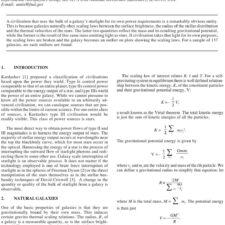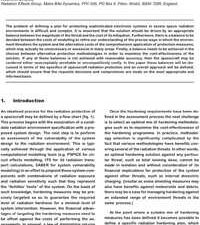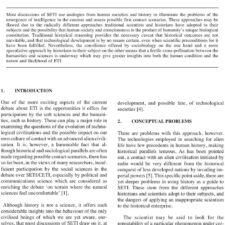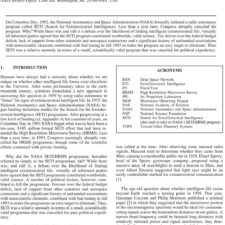Space-Time and Architecture
£5.00
F. Field et al. (2014), JBIS, 67, pp.322-331
Refcode: 2014.67.322
Keywords: Architecture, Asteroid, Ecology, Interplanetary superhighway, Lagrangian points, Ocean
Abstract:
Architects have a role to play in interplanetary space that has barely yet been explored. The architectural community is largely unaware of this new territory, for which there is still no agreed method of practice. There is moreover a general confusion, in scientific and related fields, over what architects might actually do there today. Current extra-planetary designs generally fail to explore the dynamic and relational nature of space-time, and often reduce human habitation to a purely functional problem. This is compounded by a crisis over the representation (drawing) of space-time. The present work returns to first principles of architecture in order to realign them with current socio-economic and technological trends surrounding the space industry. What emerges is simultaneously the basis for an ecological space architecture, and the representational strategies necessary to draw it. We explore this approach through a work of design-based research that describes the construction of Ocean; a huge body of water formed by the collision of two asteroids at the Translunar Lagrange Point (L2), that would serve as a site for colonisation, and as a resource to fuel future missions. Ocean is an experimental model for extra-planetary space design and its representation, within the autonomous discipline of architecture.





